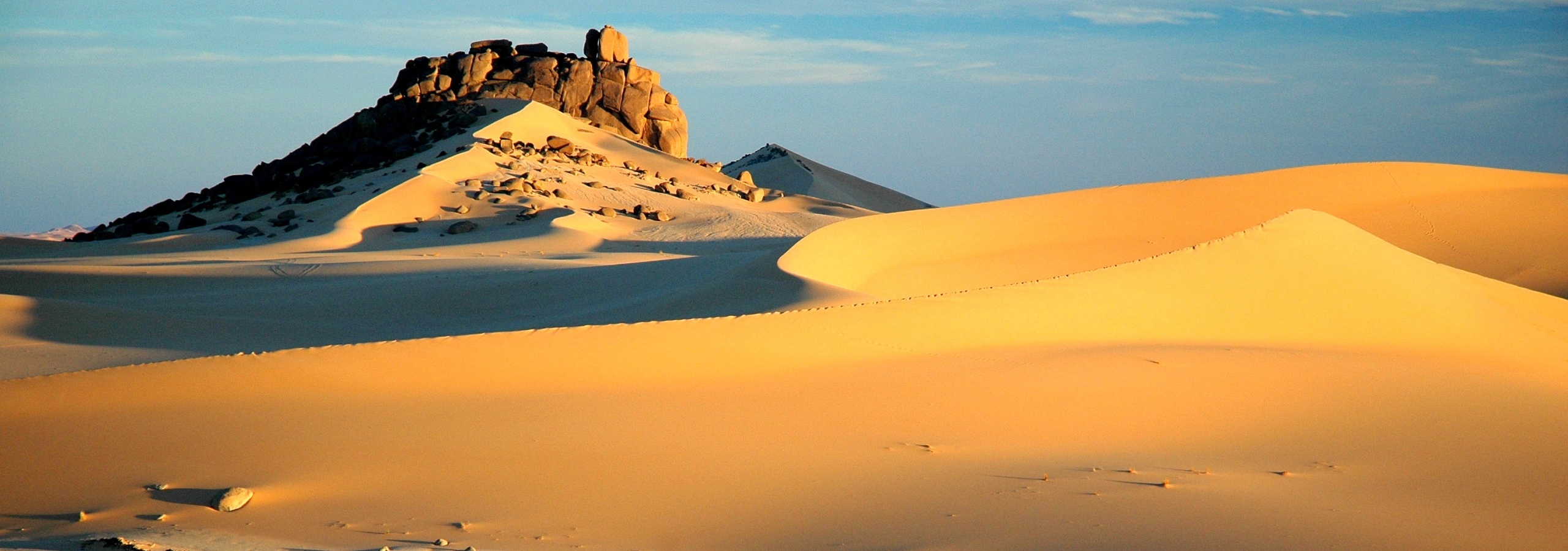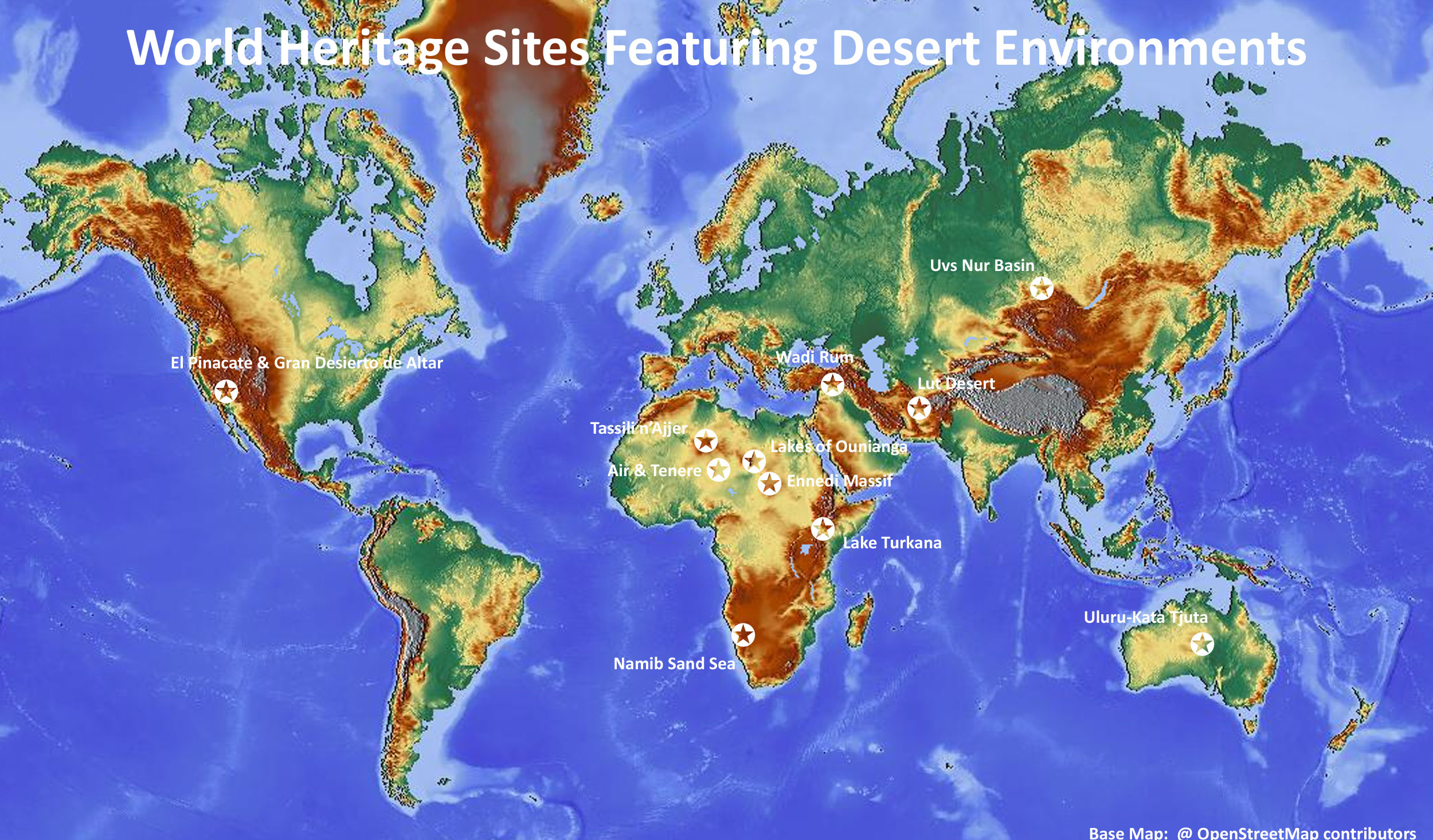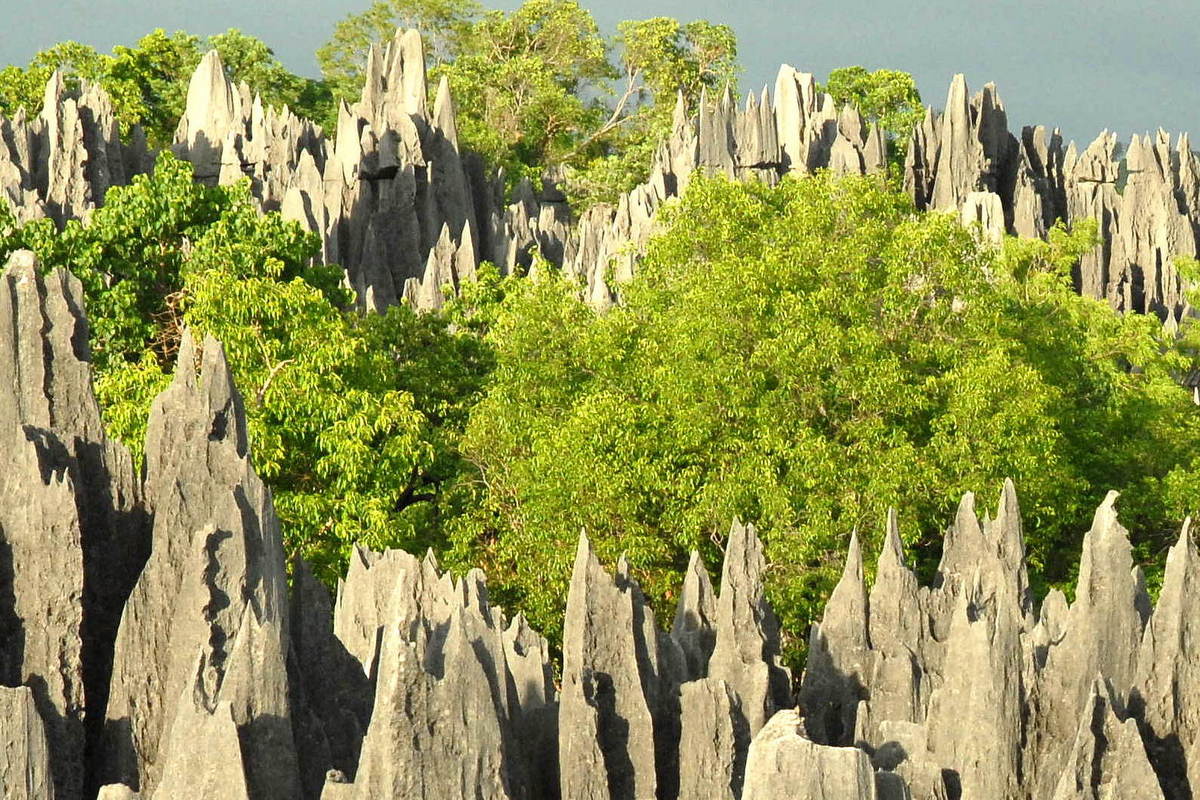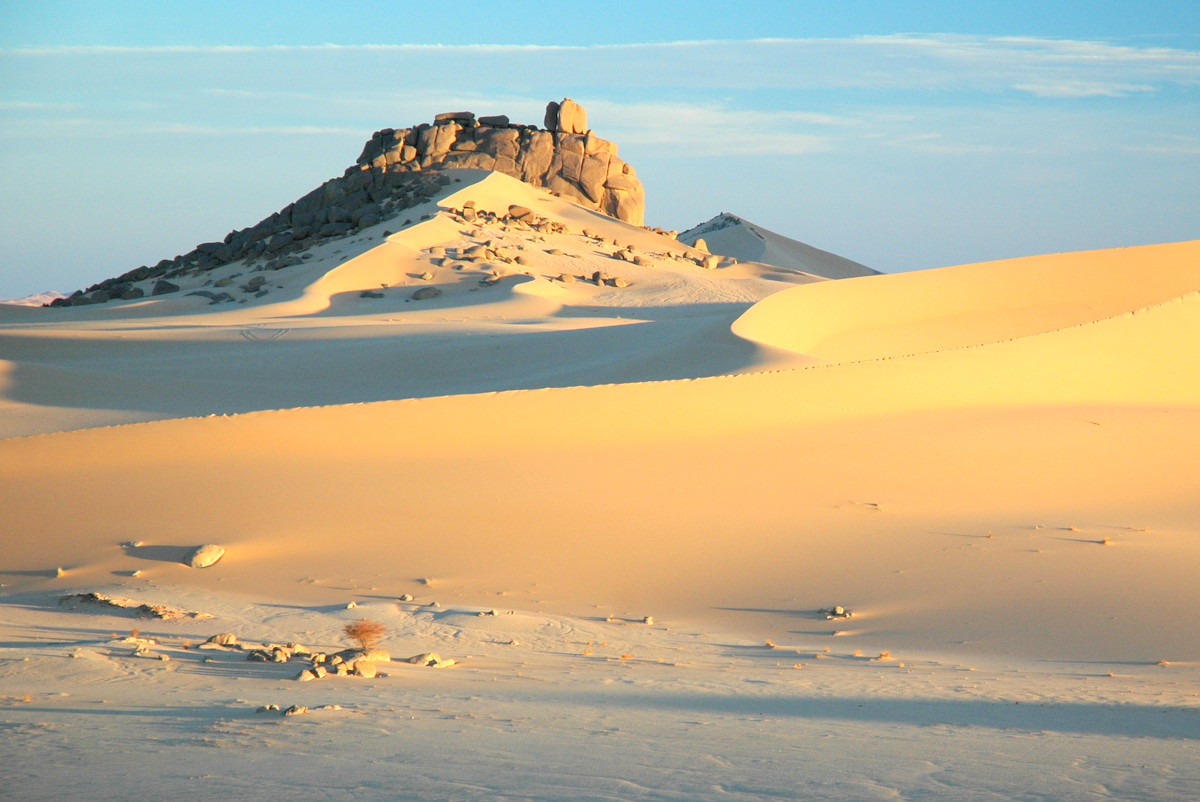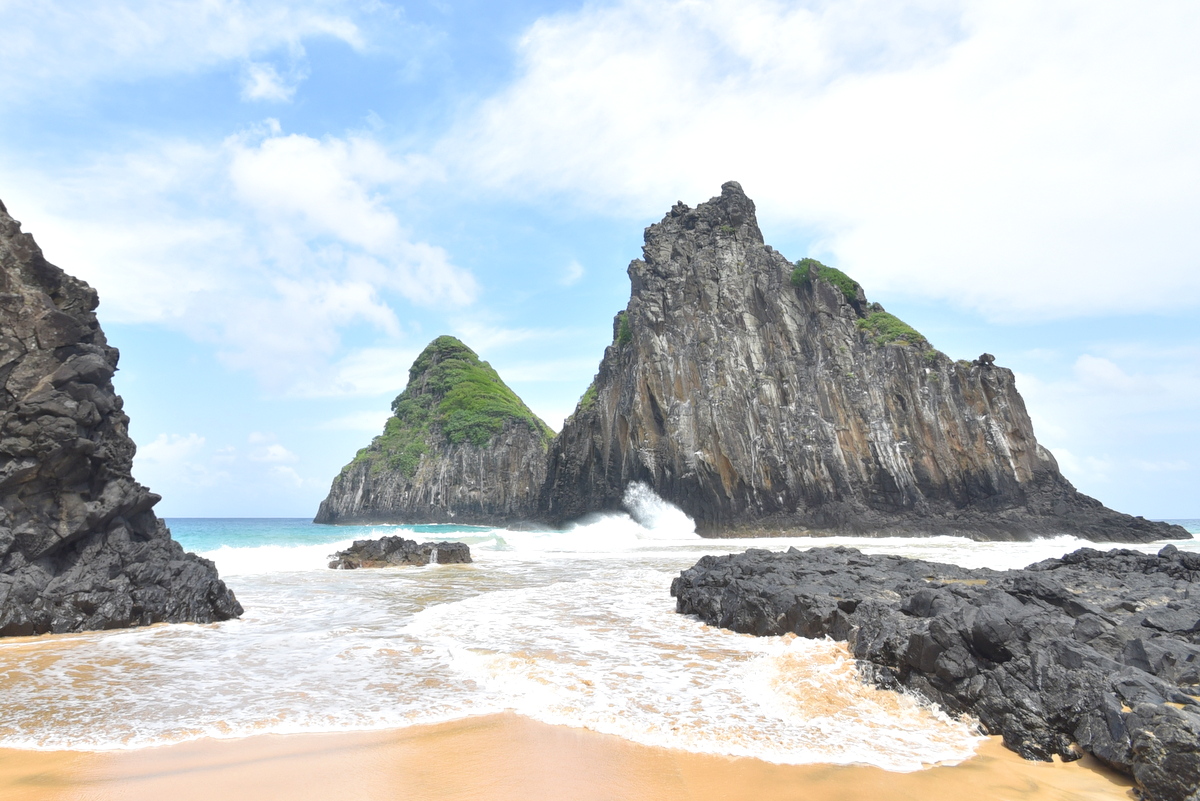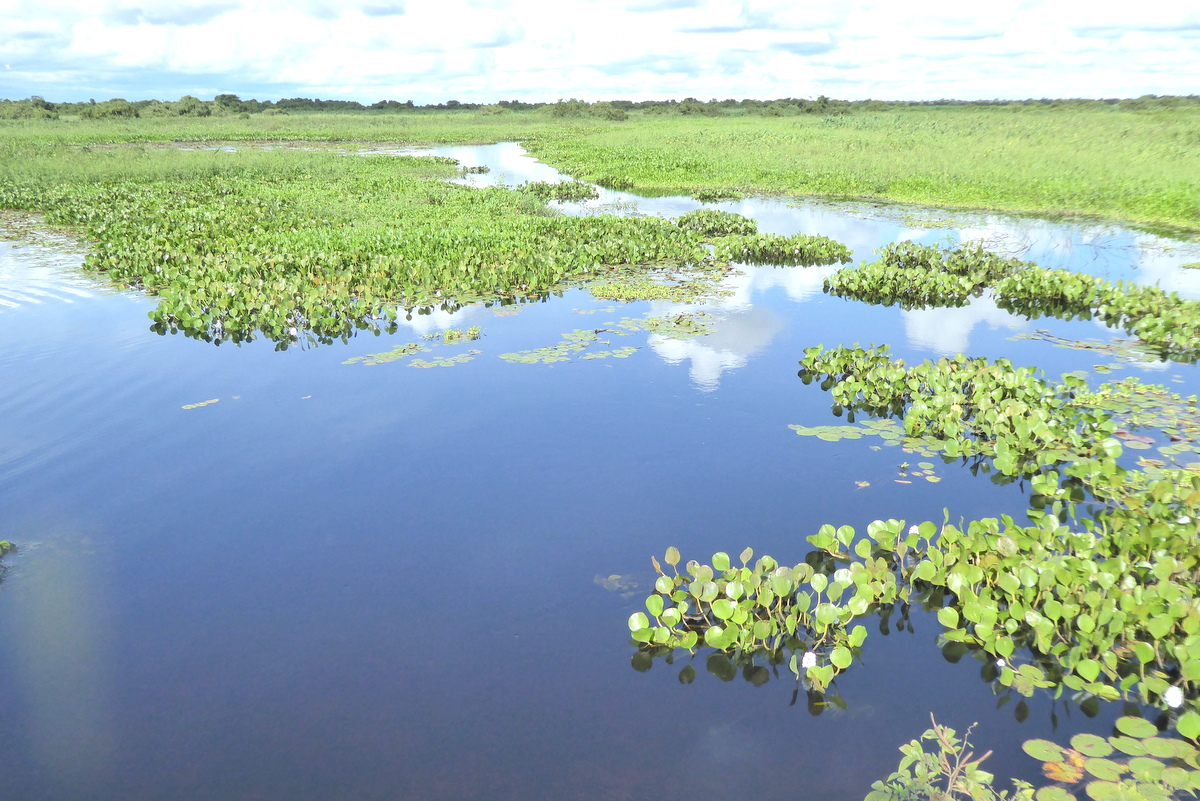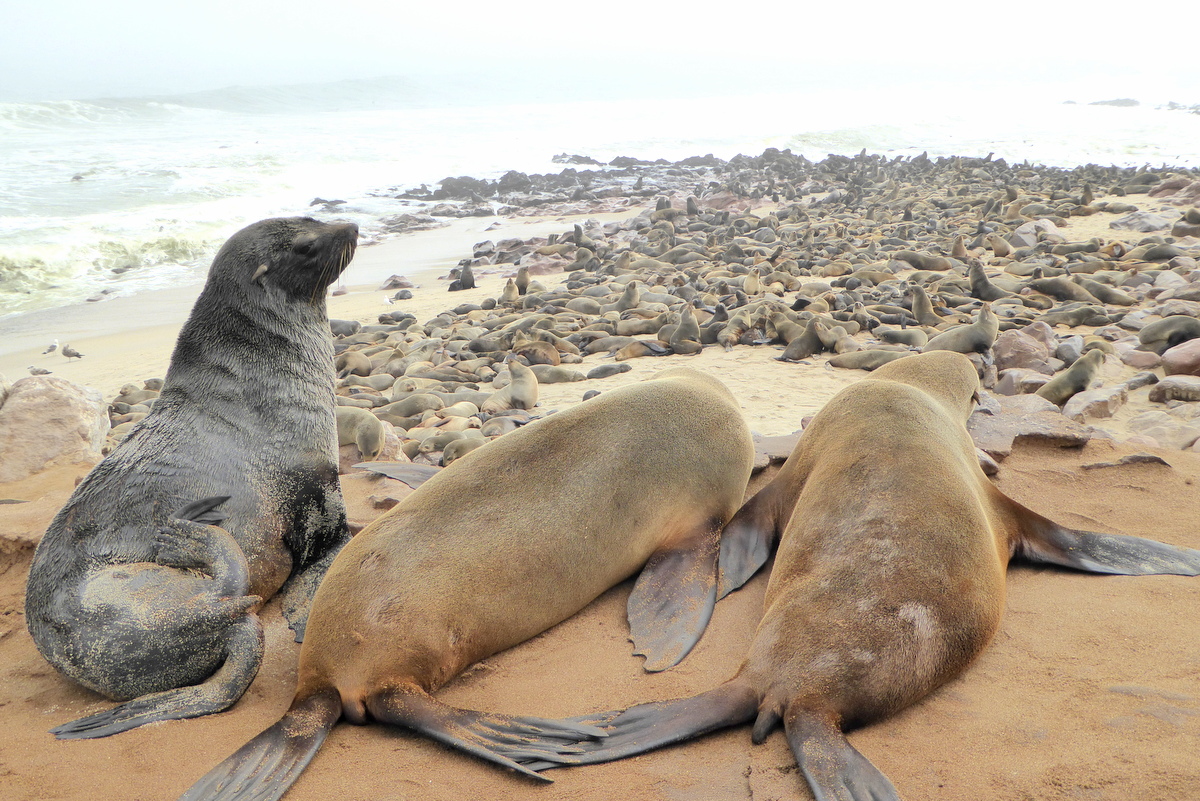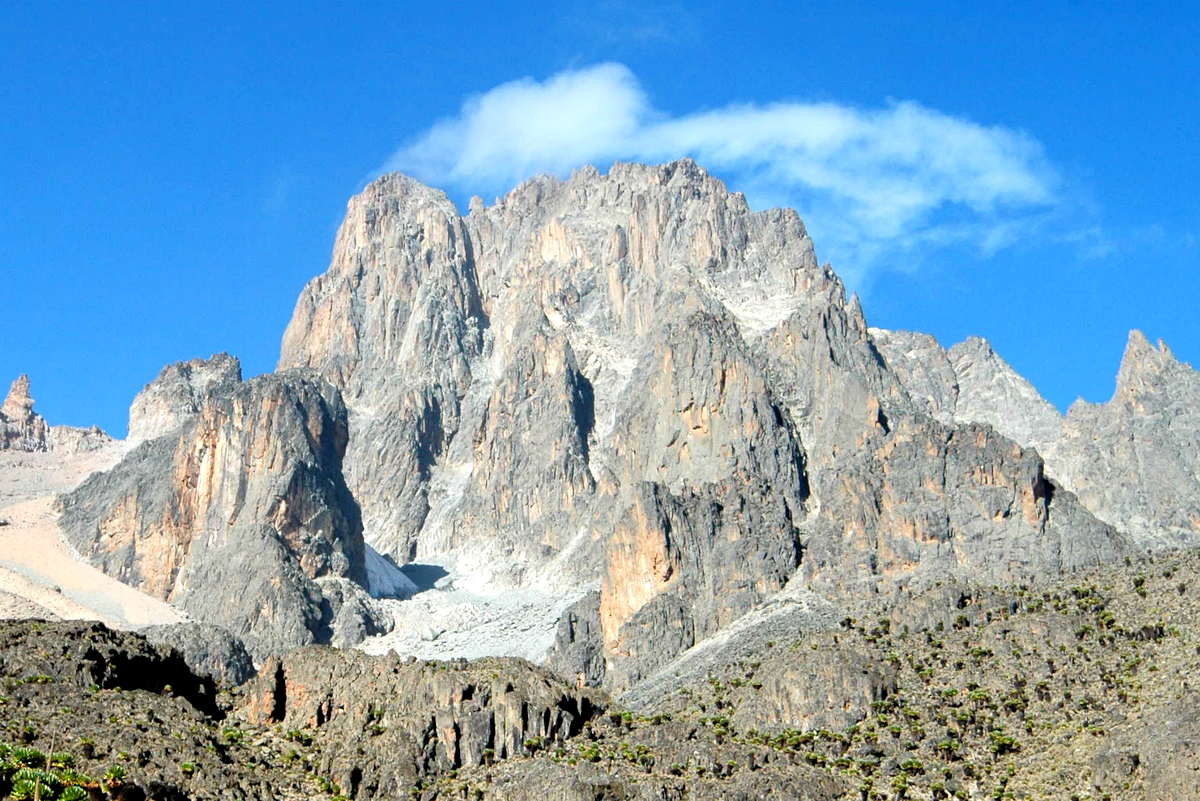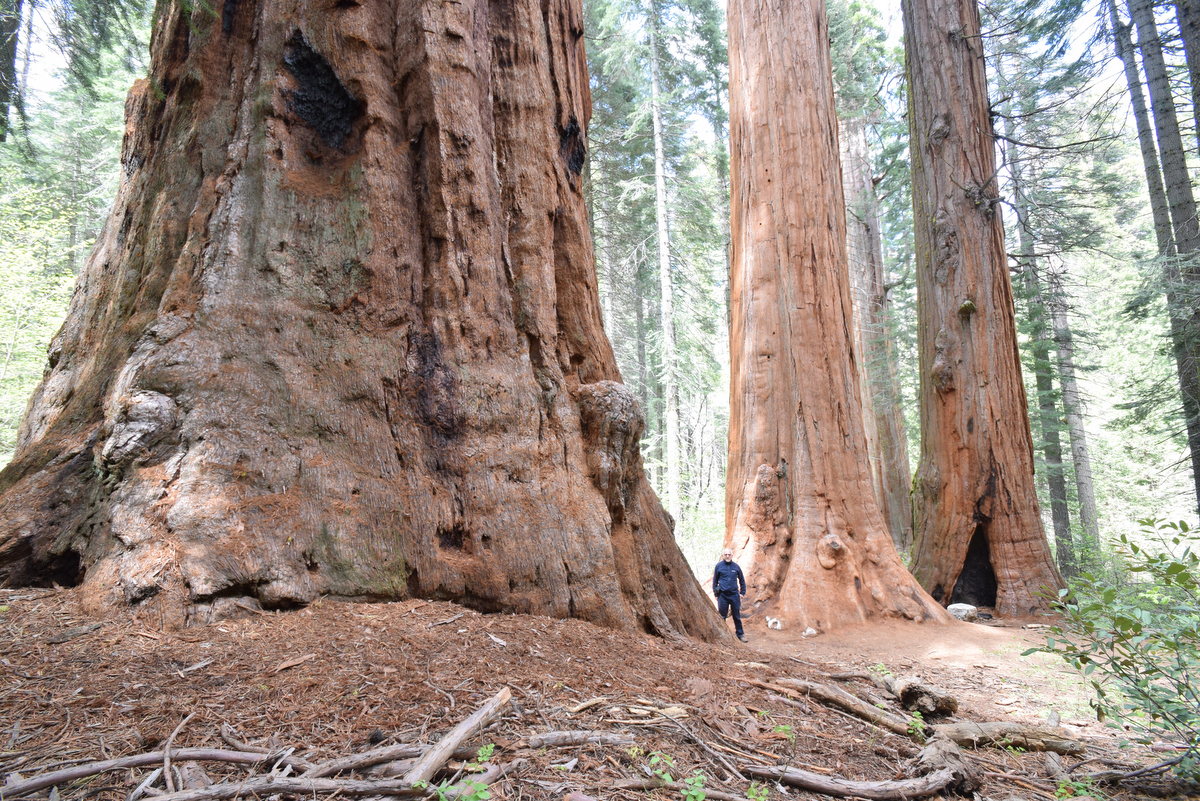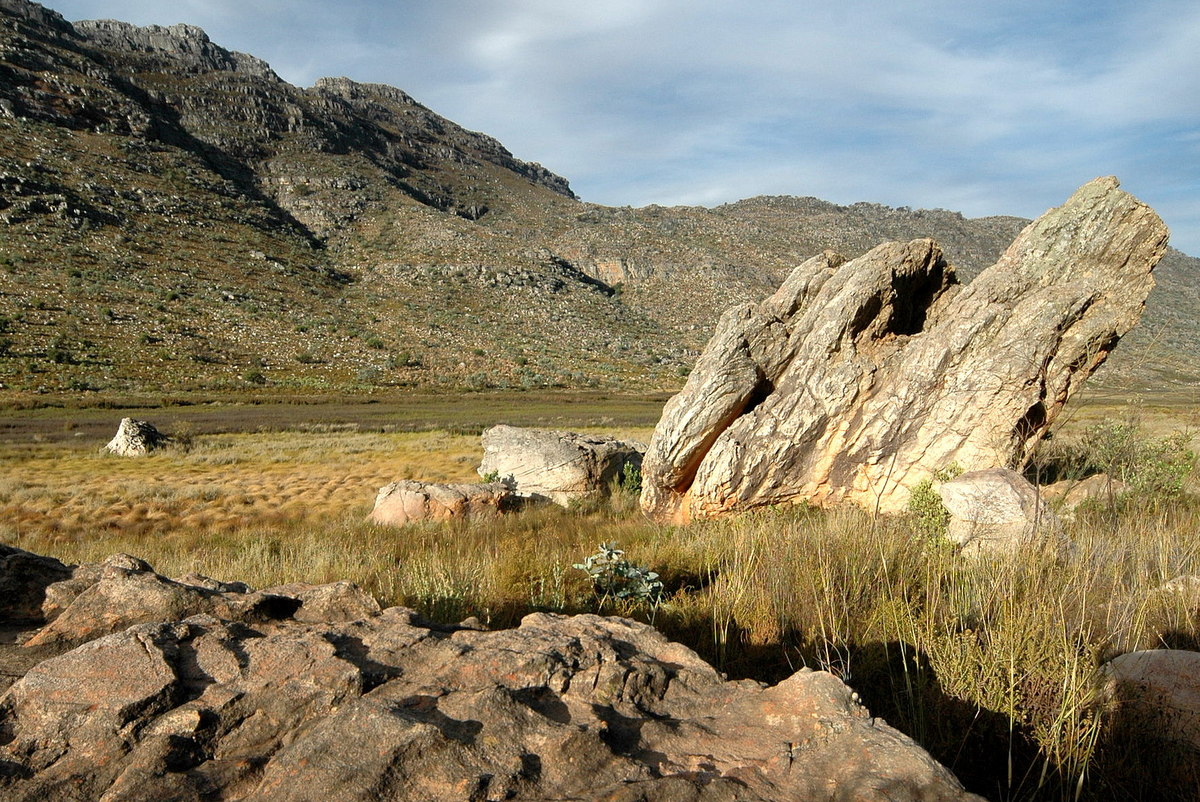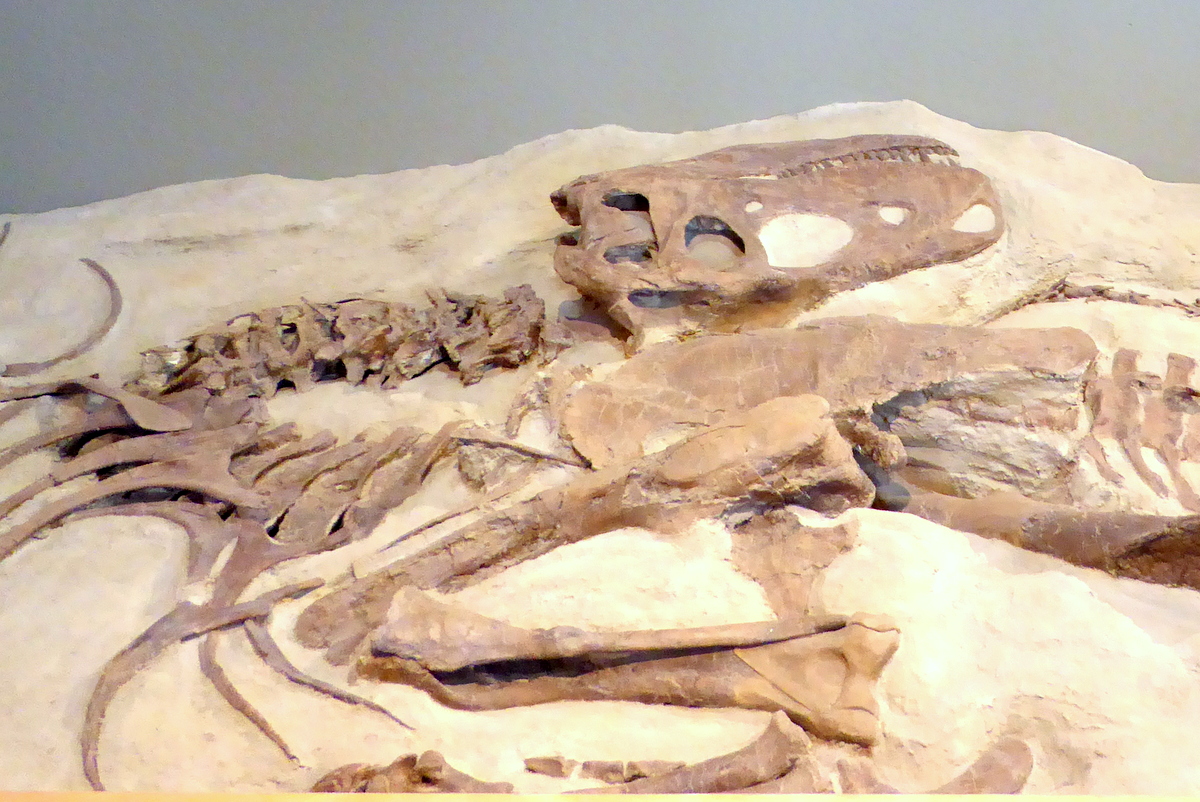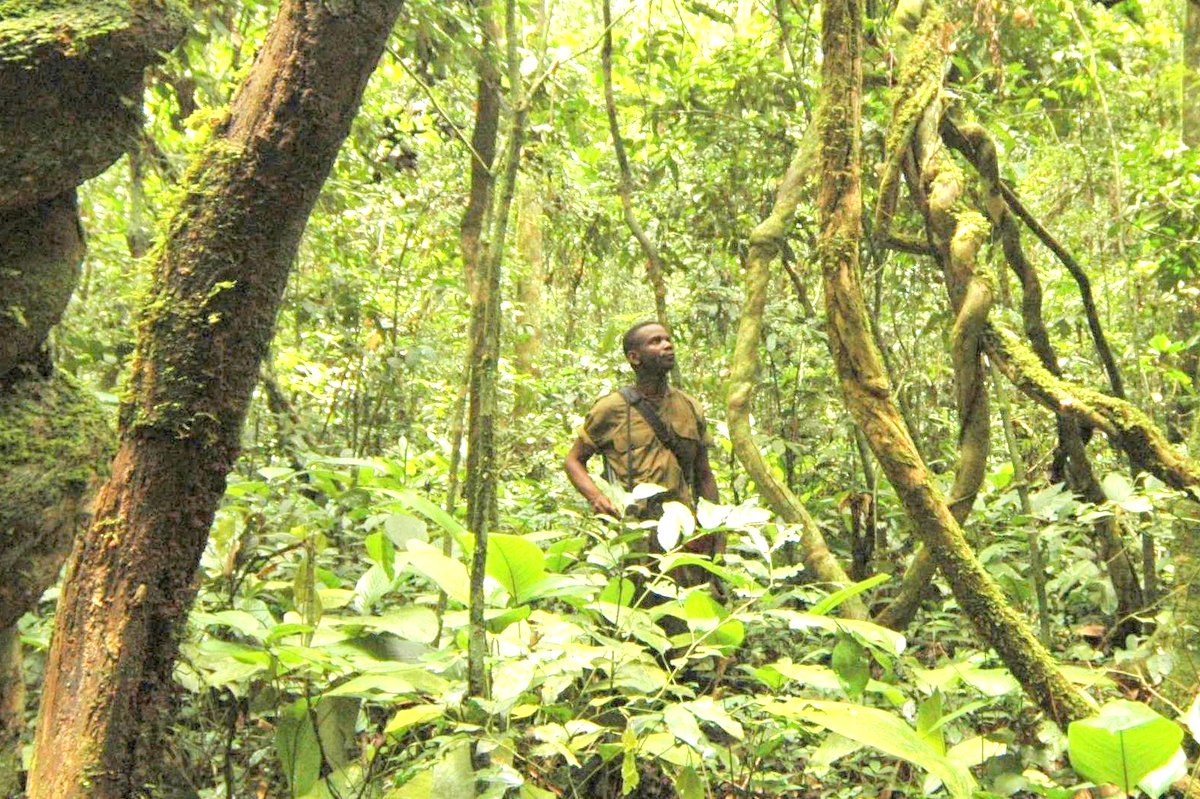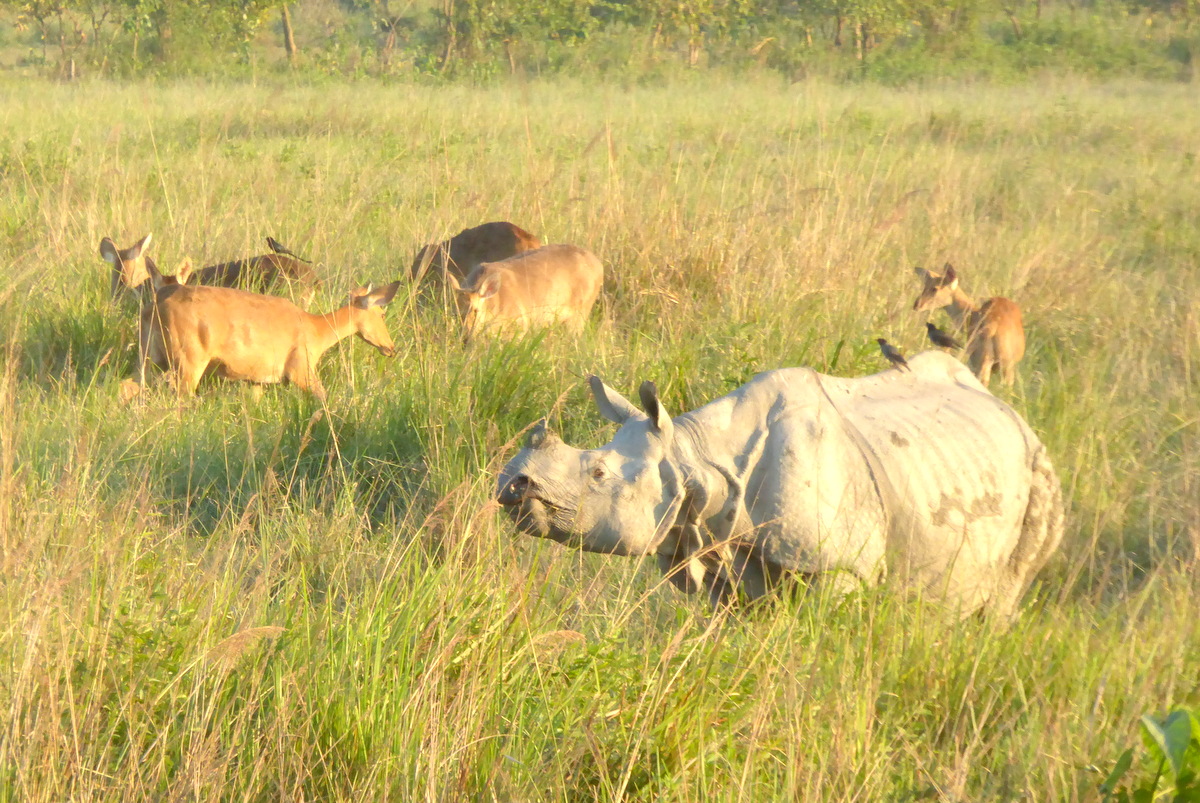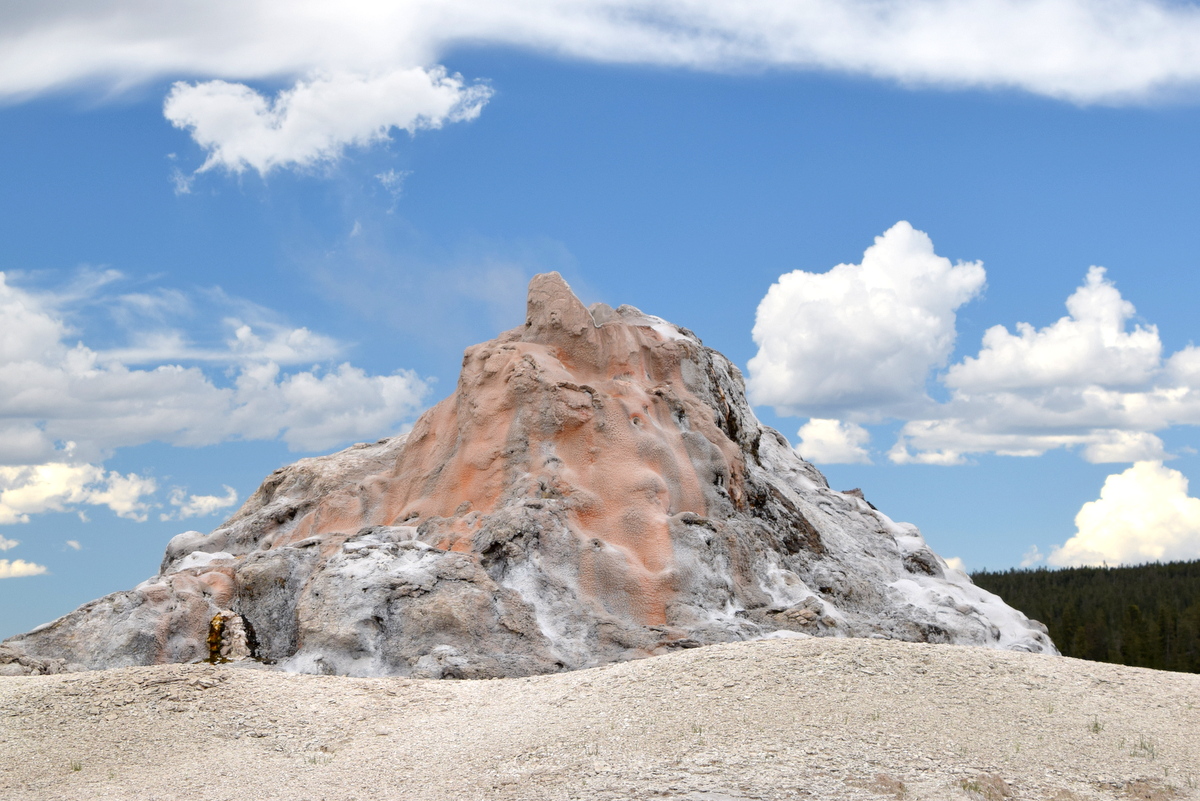Deserts occur on all continents and occupy vast areas of the dry interiors of Africa, Asia and Australia as well as smaller areas of North America and coastal regions on the western flanks of South America and South-West Africa. Deserts contain some of the most varied and interesting landscapes in the world and, contrary to popular belief, are not just vast expanses of sand. They are one of the world’s most extensive environments, covering almost 40% of the Earth’s land surface and can be divided into ‘hot’ and ‘cold’ types. ‘Cold’ deserts occur in areas where water is frozen (at high latitudes and mountain tops) making plant life impossible. Most of the natural world heritage sites considered here are ‘Hot’ deserts, which include three types, known by their Arabic names. ‘Ergs’ are sand deserts (which cover only about 20% of the world’s deserts) while ‘hammada’ are areas of bare rock and ‘reg’ are broad plains covered by loose gravel. Desert areas frequently exhibit spectacular landscape features reflecting the interaction of the underlying geology, past environmental conditions and the character of local winds (which create dunes in various forms and ‘rock sculptures’ resulting from the constant erosive effect of blowing sand).
The world’s largest desert – The Sahara – is comparatively well represented on the world heritage list with four extensive sites featuring spectacular eroded sandstone massifs (in Chad’s Ennedi and Algeria’s Tassili n’Ajjer), volcanic intrusions and massive sand-dunes in Niger’s Air and Tenere Natural Reserves, as well as the extraordinary phenomenon of Chad’s Lakes of Ounianga. Here, a series of lakes in the desert interior is sustained by springs of ‘fossil’ underground water that fell as rain many thousands of years ago. A little further south Kenya’s Lake Turkana site features the world’s largest freshwater lake in a desert environment. The deserts of the Middle East are represented by Jordan’s scenic Wadi Rum, and the newly inscribed Lut Desert of Iran, while the Uvs Nuur Basin site protects an outstanding example of central Asia’s deserts (as well as other biomes). Australia’s Uluru-Kata Tjuta park features the world famous ‘Ayers Rock’ and a much wider area of that country’s extensive interior desert, while the smaller desert regions of southern Africa and the Americas are represented in the ‘Namib Sand Sea’ and Mexico’s ‘El Pinacate and Gran Desierto de Altar’ sites.
‘To learn more about these spectacular places click on the links of featured sites in the table, or the photo tiles below. Note that some site pages are still under development so the links for these places are not yet active.’
Threats and conservation needs: Deserts are threatened by a wide range of factors, notably the effects of climate change, hunting, overgrazing and mineral exploitation. Several of the existing world heritage sites are threatened by these factors. For example, the larger mammals of the Sahara have been relentlessly hunted in recent years and species like the addax, scimitar-horned oryx and barbary sheep have been exterminated from most areas of the four world heritage sites in this region.
Iconic Species: Deserts support some very special plants and animals, uniquely adapted to life in extremely dry conditions. Many species have evolved in isolation from other arid environments, so deserts around the world tend to each support their own unique flora and fauna. For example, in Africa, the Sahara has about 1600 species of plant, 30% of which are found only in the Sahara and neighbouring parts of the Arabian peninsula. Meanwhile the Namib-Karoo deserts of southern Africa, although much smaller, support a much more varied flora with 50% of the 3500 plant species found nowhere else.
Missing Links: Given the very extensive nature of the world’s deserts there would seem to be scope for further nominations to the world heritage list, perhaps including areas of the Arabian peninsula, and the deserts of the west-coast regions of South America. IUCN carried out a global analysis of desert landscapes with potential for world heritage listing in 2011 which identified the Western Desert of Egypt, Chott el Jerid in Tunisia, the Thar Desert in India and Taklimakan Desert in China as areas of high potential for listing.
Missing Links: The addition of three desert areas to the world heritage list in recent years (namely the Namib Sand Sea, Lakes of Ounianga and Ennedi Massif) has gone a long way to ensure a more complete representation of ‘the best’ desert environments on the world heritage list. The iconic Welwitchia plants and associated lichen fields deserve inclusion on the world heritage list, perhaps as an extension to the Namib Sand Sea site. In addition, the Danakil Depression is a remarkable area in the Horn of Africa with a diverse and spectacular variety of geothermal features and desert environments which deserves consideration as a possible additional world heritage site.
Sites by country
| COUNTRY | SITE |
| Algeria | Tassili n’Ajjer |
| Australia | Uluru-Kata Tjuta National Park (M) |
| Chad | Ennedi Massif (M) |
| Chad | Lakes of Ounianga |
| Iran | Lut Desert |
| Jordan | Wadi Rum Protected Area (M) |
| Kenya | Lake Turkana National Parks |
| Mexico | El Pinacate and Gran Desierto de Altar Biosphere Reserve |
| Mongolia & Russia | Uvs Nuur Basin |
| Namibia | Namib Sand Sea |
| Niger | Air and Ténéré Natural Reserves |

